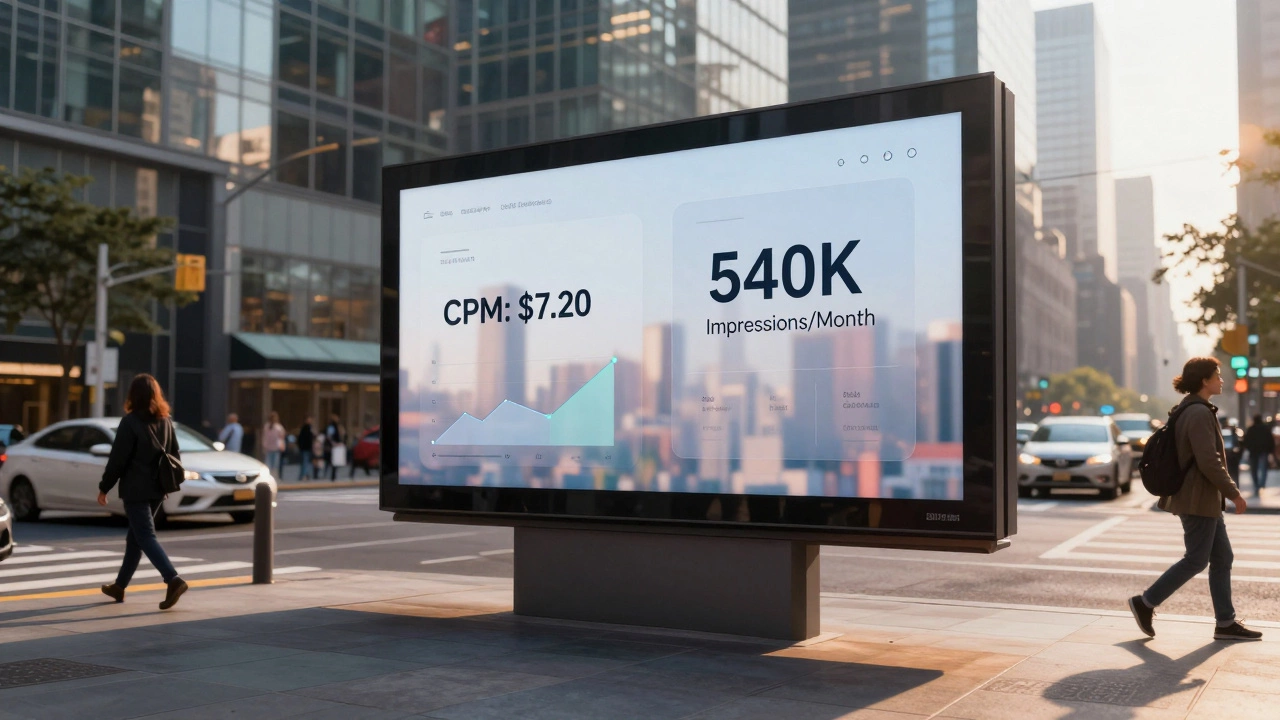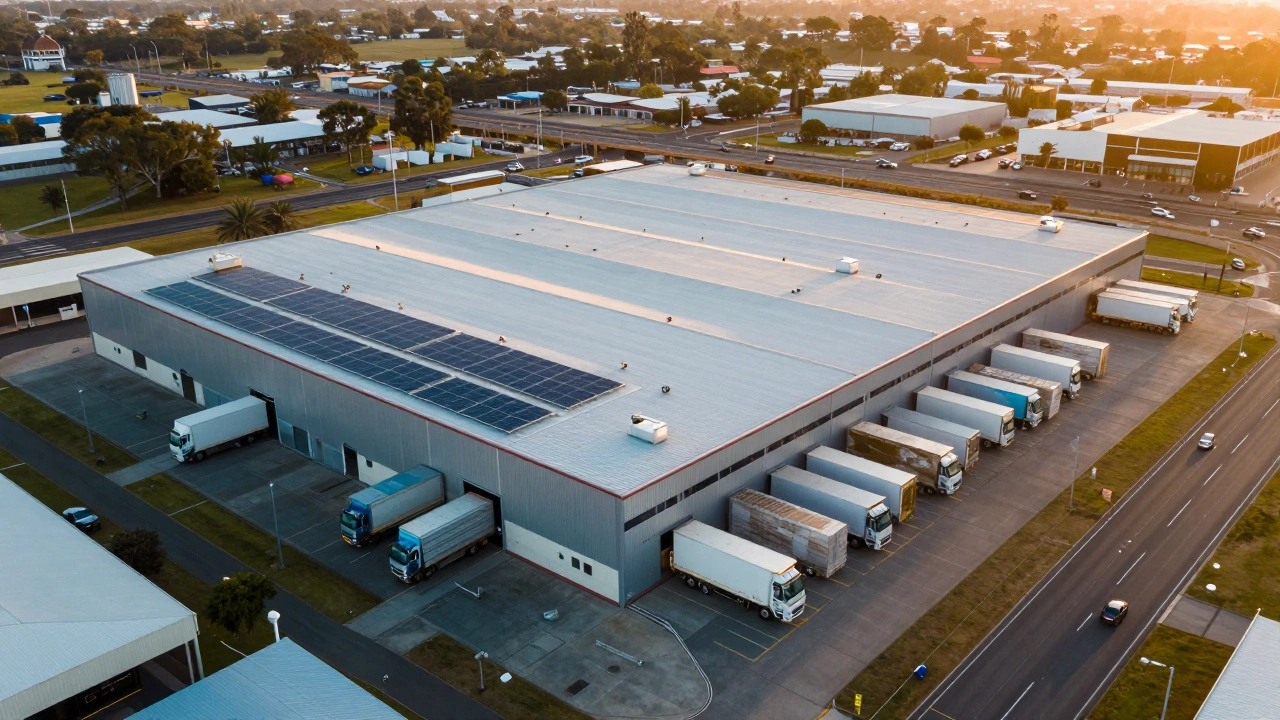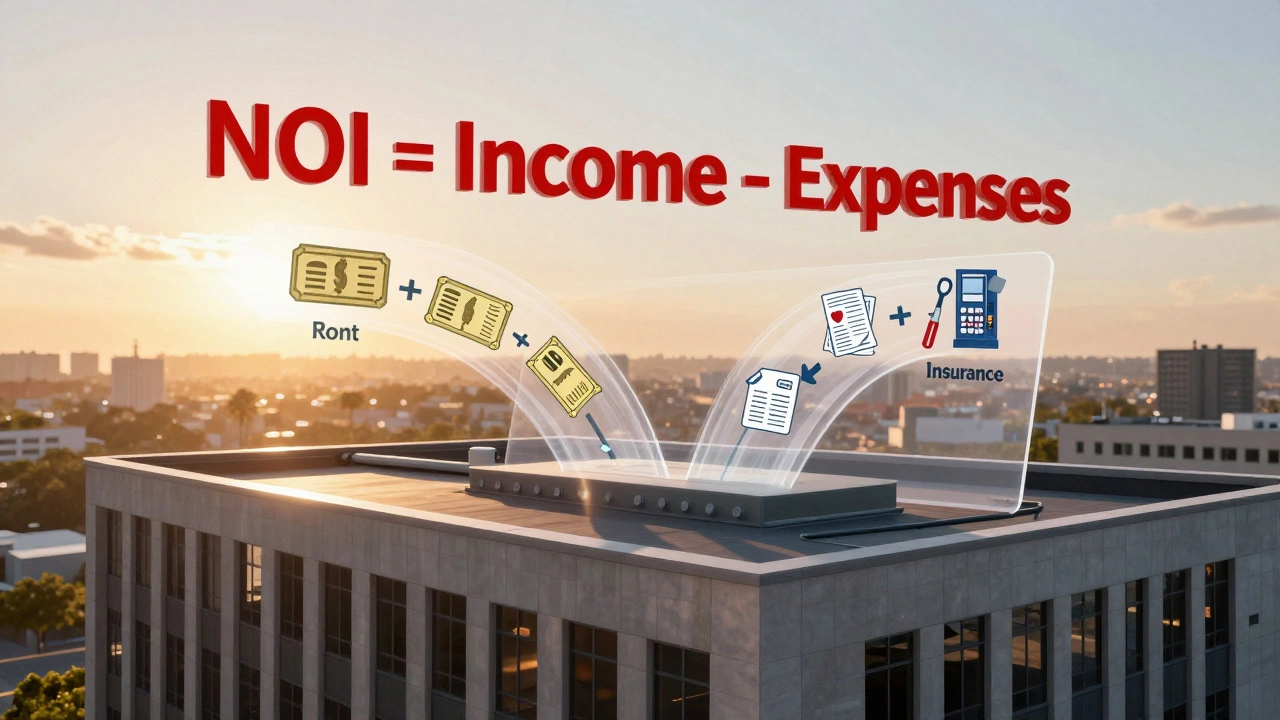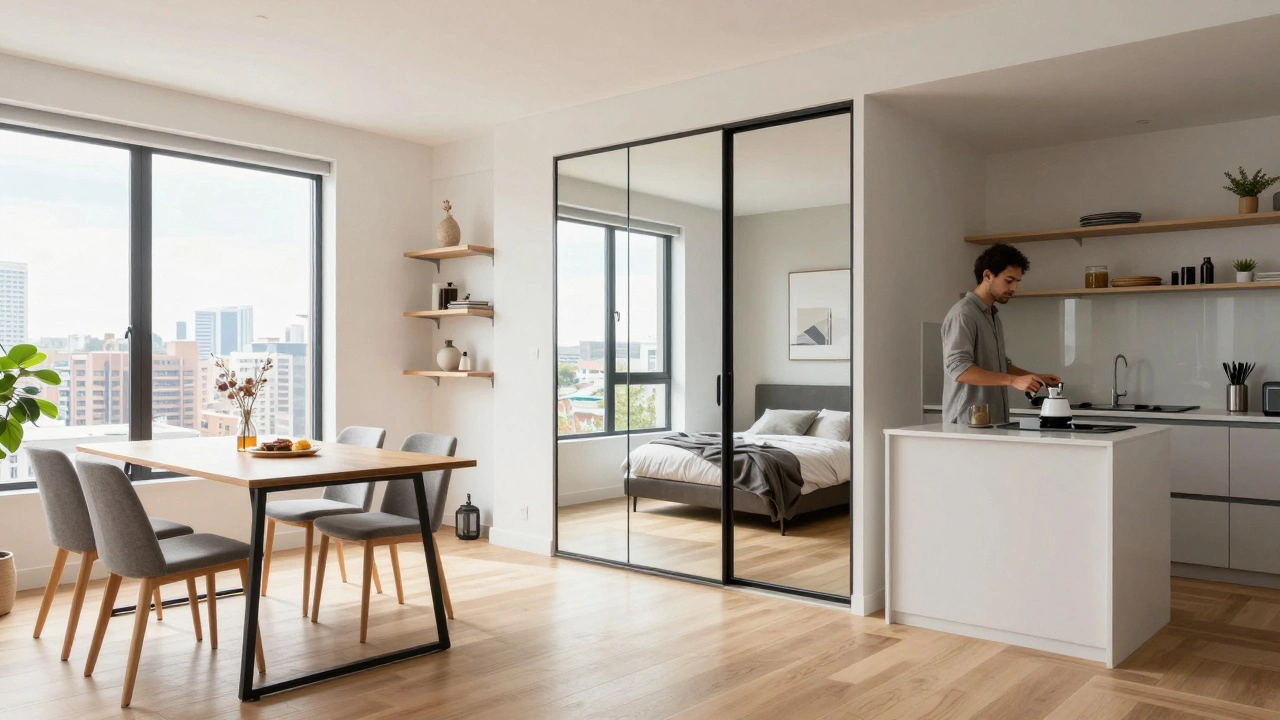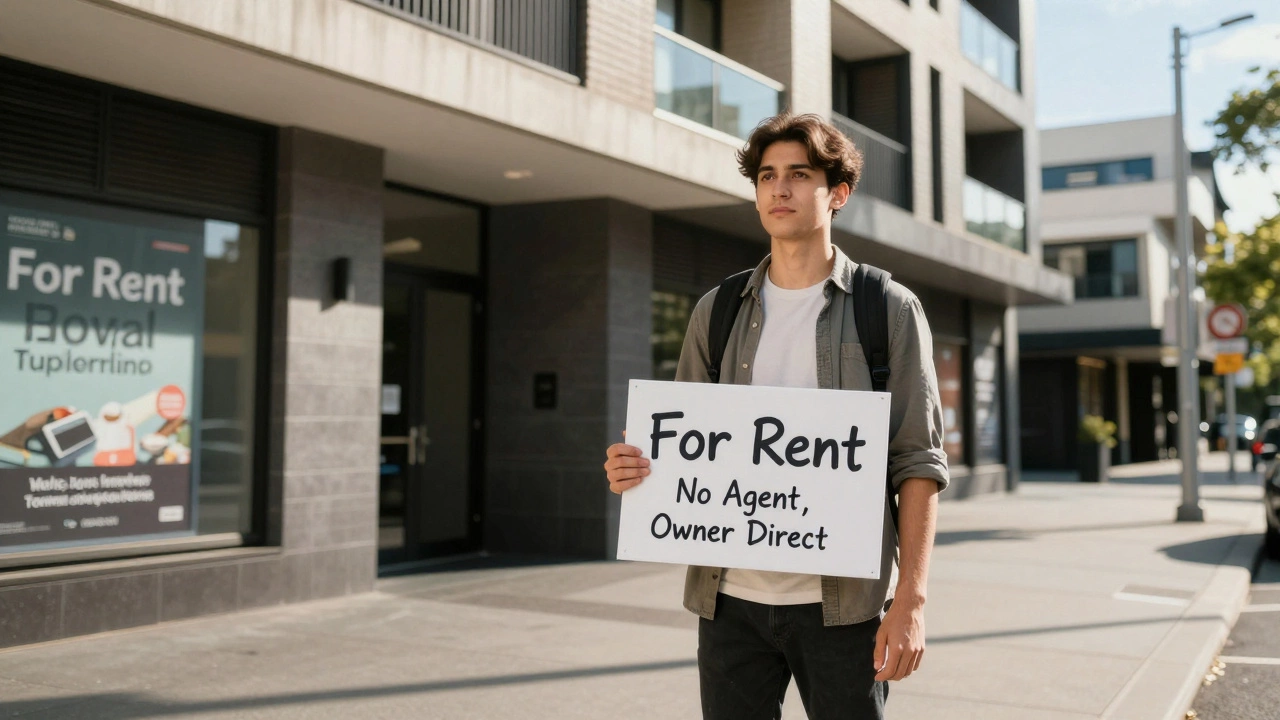In the rapidly fluctuating landscape of real estate, understanding what constitutes a good income for purchasing a house can feel like solving an intricate puzzle. Whether you are a first-time home buyer or contemplating upgrading, knowing the appropriate financial benchmarks is crucial.
When thinking about homeownership, it's not just the sticker price of the property that matters. It’s important to consider a range of factors including the ongoing cost of a mortgage, insurance, property taxes, and maintenance. These elements combine to influence what is truly affordable for your income bracket.
Of equal importance are the nuances of the housing market and the implications of the buyer's personal financial situation. Different regions present varying real estate challenges and opportunities. Therefore, by being informed and strategic, you can navigate these complexities to find a home that offers both comfort and financial stability.
- Understanding Property Market Dynamics
- Calculating Affordable Housing Costs
- Evaluating Personal Financial Health
- Impact of Location on Property Costs
- Navigating Mortgage Options
- Preparing for Additional Homeownership Expenses
Understanding Property Market Dynamics
In the realm of real estate, the dynamics of the property market play a pivotal role in defining the landscape for both buyers and sellers. These dynamics are shaped by a host of factors including economic conditions, government policies, and demographic shifts. One key aspect influencing the market is the economic environment. When the economy is strong, employment rates are typically higher, which in turn fosters confidence among buyers to invest in property. Conversely, during economic downturns, the demand for housing tends to wane as potential buyers tighten their budgets.
Another crucial factor in market dynamics is the supply and demand balance. When the demand for houses surpasses the supply, prices usually escalate, making it a seller's market. This situation is often seen in urban areas or popular suburbs where land is limited. On the flip side, a buyer's market occurs when there is an excess of houses available compared to the number of buyers, leading to more competitive pricing. It's essential for potential homeowners to understand this balance as it empowers them to make informed decisions about when to buy or sell.
Government policies also have a significant impact on property market dynamics. Interest rates set by the central bank can influence mortgage rates, affecting affordability. Tax incentives or subsidies for first-time home buyers can stimulate buying activity, altering the supply-demand equation. Policies related to zoning and land use also dictate how and where new properties can be developed, shaping the market landscape over the long term.
The demographic trends cannot be overlooked either when analyzing property market dynamics. An aging population might spur an increased demand for retirement living options, while millennials entering the housing market could boost the demand for starter homes or urban apartments. Over the years, these demographic shifts have led to changing patterns in property demand, influencing market dynamics profoundly.
"Understanding the real estate market is like understanding the weather. It's local, seasonal, and extremely nuanced," - Michael Neal, Senior Research Associate at the Urban Institute.
On a micro level, local market conditions evoke varying property dynamics. Neighborhoods with booming infrastructure developments or slated for public amenities often witness inflated property values in anticipation. Therefore, prospective buyers are encouraged to stay abreast of local government plans and neighborhood changes. The strategic placement of a house also impacts its market value—proximity to schools, parks, public transport, and employment hubs remains a coveted asset and, thus, a central element in property valuation.
| Factor | Influence on Market |
|---|---|
| Economy | Impacts buyer confidence and employment rates |
| Supply and Demand | Determines price trends in real estate transactions |
| Government Policies | Alters affordability and housing availability |
| Demographics | Shapes housing demand based on population changes |
Calculating Affordable Housing Costs
When it comes to buying property, discerning your ideal price range is an art rooted deeply in careful calculation and realistic expectations. The first step in determining a good income for homeownership is to assess how much of your monthly earnings can comfortably accommodate housing costs. Historically, financial advisors recommend allocating no more than 30% of your gross monthly income to household expenses. This includes your mortgage payment, taxes, and insurance. Crossing this threshold could stress your budget, leaving less room for other life necessities and savings, ultimately tethering you financially and emotionally to your home.
In the dynamic dance of real estate, understanding the temper of the home ownership market is equally essential as knowing your numbers. While recent trends show fluctuating mortgage rates and rising property costs, your objective is to pinpoint what is affordable for your buying property venture. For instance, if your annual pre-tax income is $100,000, your target for housing expenses should hover around $2,500 per month. This strategic insight not only arms you with clarity but also helps in navigating potential obstacles.
Apart from household expenses, future homeowners must prepare for the principle of total ownership cost, which covers all foreseeable and unforeseen financial obligations. In this vein, don't forget those sneaky expenses like maintenance—whether it's mowing the lawn on a Sunday or fixing a leaky roof. On average, experts suggest setting aside 1% to 3% of the home's price yearly for maintenance. Thus, on a $300,000 property, budgeting around $3,000 to $9,000 annually could prevent unwelcome surprises.
According to a 2023 study by the Urban Institute, it was found that "households that invest in thorough pre-purchasing budgeting and planning see significantly lower default rates and enjoy better financial health in the long term."Utilize these insights by incorporating them into pre-purchase calculations. Another factor to consider is your local property tax rates, which can vary dramatically between regions. This unpredictable nature of taxes can change your affordability scale instantly.
For a practical approach, create a personal budget that lists all your monthly expenses and income sources. There are various online mortgage calculators available, which can help simulate different scenarios based on interest rates and loan terms you'll qualify for. While some make the mistake of just comparing upfront purchase prices, a comprehensive examination of all costs linked to a home purchase will provide a clearer picture of what is truly affordable. With these strategies, your quest for good income compatibility in the housing market transforms into a structured plan rather than an overwhelming challenge.
Finally, remember that assessing affordable housing costs isn't solely about crunching numbers—it's about crafting a lifestyle aligned with your financial priorities and long-term aspirations. By carefully mapping income streams against obligations, you not only find yourself better prepared but also more confident in making informed decisions, thus turning the dream of home ownership into a gratifying, tangible reality.

Evaluating Personal Financial Health
Before embarking on the journey of home buying, it’s essential to pull back the curtain on your financial realities. Assessing your personal financial health is akin to doing an annual physical—a necessary check-in to spot any areas that need improvement. Start by taking a deep dive into your income, expenses, debts, and savings. This foundational understanding will steer your home buying plan clear from financial pitfalls. Consider your annual income first. A rule of thumb endorsed by financial experts suggests keeping your mortgage payments to no more than 28% of your gross income. This percentage is part of the broader 28/36 rule, which dictates that no more than 36% of your gross income should go toward your total debts, including the mortgage, student loans, car loans, and credit card payments.
Next, analyze your current savings. Buying a property not only requires a down payment—often around 20% of the home’s price—but also a cushion for emergencies, maintenance, and other unforeseen expenditures. A good practice is to have a savings fund of three to six months’ worth of expenses. This emergency fund protects you against life’s unpredictabilities, from sudden job loss to unexpected home repairs. Don't underestimate the impact of a healthy credit report and score on your home buying journey. A better credit score can unlock lower interest rates on loans, saving you thousands over the course of a mortgage. Hence, order copies of your credit report and scan them for discrepancies. Ensure you address any errors promptly and adopt habits like timely bill payments to bolster your score.
Control over your expenses is another critical component of financial health. Create a detailed budget that tracks monthly spending in various categories. Identify areas where you can cut back, and redirect those funds to your home buying goals. Financial discipline can free up significant resources over time. Investing in financial literacy can yield fruitful dividends too. Consider engaging with a financial advisor who can offer tailored advice aligning with your goals, or explore informational resources to self-educate. It has been said, "A goal without a plan is just a wish," reminding us that strategic planning is the backbone of successful financial ventures.
Impact of Location on Property Costs
When it comes to buying property, location is undeniably one of the most critical factors influencing cost. It's fascinating how the very same house can vary so drastically in price simply based on where it stands. This is a phenomenon driven by an array of factors including proximity to amenities, quality of local schools, crime rates, and even climate. One of the pivotal considerations is the economic activity surrounding an area. For instance, homes in bustling urban centers typically demand higher prices than those in rural locations due to the convenience and lifestyle they offer. The availability of jobs plays a massive role, as people prefer living closer to workplaces to save time on commutes. Interestingly, according to a 2023 report by CoreLogic Australia, properties within a 5km radius of city centers in major states can see prices as much as 40% higher than suburban counterparts.
Moreover, the social aspects of a location can't be ignored. An area's culture, identity, and reputation significantly sway prospective buyers. Take, for instance, neighborhoods that boast bustling cafes, art galleries, and vibrant nightlife. These are not just selling points but define the way of life prospective homeowners aspire to. Conversely, areas perceived as unsafe or culturally stagnant may see depressed property values regardless of the physical quality of housing available. Location impacts property prices not just through the lens of the present, but also in terms of future potential. Urban development plans, such as infrastructure projects and public transport expansions, can drastically alter property markets. For example, the Australian Infrastructure Statistics reports highlight that the construction of a new metro line can boost nearby property values by as much as 20% within five years, as improved accessibility transforms these areas into desirable locales.
For those engaged in real estate, understanding population movements is essential. Coastal towns, reflecting a modern trend often termed ‘sea change’, have seen substantial price hikes as more individuals seek the tranquility of beachside living while maintaining work-from-home arrangements. Meanwhile, some inner-city areas may experience a decline in demand as remote work reduces the necessity of living near workplaces. According to a study published in the Journal of Urban Economics, such shifts are more pronounced in economically developed countries with robust internet infrastructures, where flexibility in work arrangements is more common. As a result, savvy buyers and investors often look at demographic trends to anticipate long-term value propositions regarding location.
"Location, location, location. It's not just a real estate mantra; it's an irrefutable truth.” – Real Estate Institute of Australia.
Beyond immediate geographical considerations, environmental factors are becoming increasingly prominent in property valuations. Areas prone to natural disasters, like flooding or bushfires, often see suppressed property prices due to higher insurance costs and the risk of property damage. On the flip side, locations with scenic views or cleaner air are in high demand. Additionally, the growing emphasis on sustainable living means regions with eco-friendly infrastructure initiatives are attractive to buyers. A survey conducted by the Building Owners and Managers Association highlighted that properties adhering to green building standards command up to a 10% premium. Such insights compel prospective homeowners to evaluate not only the current appeal of a location but its resilience and adaptability to environmental shifts.

Navigating Mortgage Options
When you set out to purchase a home, understanding the variety and intricacies of mortgage options available is crucial. The mortgage landscape is vast, with several key pathways designed to suit diverse financial situations and personal preferences. Traditional fixed-rate mortgages are quite popular, offering stability through an unchanging interest rate and predictable monthly payments. This is often appealing to those planning to stay put for a long period. However, for some, adjustable-rate mortgages (ARMs) might be enticing because they start with lower interest rates, although these rates can fluctuate after a set period. It can be a beneficial choice if you anticipate your income rising over time or plan to own the property for a limited duration before moving elsewhere.
Among the considerations is the loan term, usually ranging between 15 to 30 years. A shorter duration often results in higher monthly payments but accumulates less interest over time, saving money in the long run. For first-time home buyers, government-backed loans like FHA loans, which require lower down payments and credit scores, can be especially appealing. These options make homeownership accessible to those who may not have substantial savings for a traditional down payment. Veterans and service members have exclusive access to VA loans, providing favorable terms without the necessity for private mortgage insurance.
It’s important to shop around and compare lenders. Each financial institution brings unique terms, interest rates, and closing costs to the table, which can significantly impact your long-term financial health. Don't hesitate to negotiate, which can sometimes lead to favorable changes in your interest rates or waive specific fees. Utilizing online calculators can be handy to simulate various scenarios, helping you grasp potential monthly payments and total interest over the life of the loan. According to a report by Freddie Mac, "those who obtained quotes from multiple lenders saved an average of $1,500 over the life of a loan." This emphasizes the importance of not settling for the first offer you receive.
Beyond standard loans, some buyers explore creative financing solutions like bridge loans, which temporarily cover costs between the sale of your old home and purchase of a new one. For those investors in particular, options such as interest-only loans may appeal due to their lower initial payments, freeing cash flow for other investments, though they are not ideal for someone without a defined exit strategy. As you consider the terms of these various mortgages, prioritize your long-term goals and comfort with risk. It's not just about securing a loan, but about ensuring the loan fits seamlessly into your broader financial picture.
Before securing a mortgage, potential buyers should also be aware of prepayment penalties, which can deter paying off the loan early, and balloon payments, which feature relatively low initial payments and a much larger one at the end of the term. Each mortgage product comes with its own set of caveats, and the devil is often in the details. Thus, reading the fine print can prevent any unpleasant surprises down the line. Make sure to discuss these aspects with a financial advisor or a mortgage consultant who can provide tailored advice, given your unique financial circumstances.
In summary, successfully navigating mortgage options requires a balance of understanding your financial capability and aligning it with available offers. Personal research, combined with professional advice, creates a robust pathway to choosing the right mortgage, easing you into the rewarding journey of home ownership without unnecessary financial strain.
Preparing for Additional Homeownership Expenses
When buying a home, many first-time buyers focus primarily on securing a mortgage and closing costs, often overlooking the hidden expenses that come with homeownership. These additional costs can swiftly add up, impacting your budget and overall financial health. To avoid potential financial pitfalls, it is essential to plan for these expenses beforehand. As soon as you acquire the title to your new property, you'll discover that a myriad of costs await you. Regular maintenance is an unavoidable aspect of owning property. From roof repairs to changing air filters, proactive homeowners must budget for the upkeep that keeps a home not only livable but also preserves its value.
Utility bills can also be a shock to new homeowners accustomed to paying just rent. The heating costs in the winter or cooling expenses in the summer in certain climates can lead to significant expenditures. Additionally, insurance costs go beyond homeowner’s insurance; flood or earthquake coverages might be necessary depending on your location, adding layers to your monthly outgoings. It's advisable to account for these by creating a comprehensive budget that reflects all possible obligations. As a notable critic remarked in a 2022 housing market overview,
"The stability of homeownership is often unduly romanticized by underestimating its recurrent fiscal demands."Preparing mentally and financially for these realities can guard against future stress.
Another common yet underestimated expense lies in property taxes, which can fluctuate annually based on municipal decisions and assessments. Keeping abreast with local tax policies and planning accordingly can prevent unpleasant surprises. Upgrades and home improvements also beckon, sometimes out of desire and sometimes out of necessity when elements of the home become outdated or inefficient. Whether it’s a kitchen upgrade to improve functionality or installing solar panels to reduce energy costs, these improvements come at a price. Given these possibilities, having a reserve fund as part of your financial strategy can protect against unexpected expenses.
For many, owning a home in desirable neighborhoods might entail joining a homeowner association (HOA), which could levy monthly dues for community maintenance such as gardening and security. The impact of such fees varies widely and, in some communities, is non-negotiable. Thus, when searching for the perfect place, ensuring HOA fees fit within your budget is crucial. Recognizing these multiple layers of expenses highlights why a successful homeowner needs not only a robust income but also a comprehensive planning strategy. A detailed understanding of what each of these costs entails and how they can fluctuate over time strengthens your ability to stay on top of your home ownership journey.”

